#art is imperial-palace's
Text




Jordanian Staircase, Winter Palace, St. Petersburg, Russia,
Source: piter places
#art#design#architecture#history#luxury lifestyle#style#luxury house#luxury home#russia#st petersburg#palace#imperial#imperial palace#jordinian#grand staircase#stairs#piterplaces#winter palace
1K notes
·
View notes
Text

Rome’s 'Lost' Imperial Palace 'Domus Tiberiana' Reopens
Until recently a crumbling and off-limits ruin near the famous Colosseum, the Domus Tiberiana palace — built in the first century AD and beloved by Nero — hopes to once again take its place as one of the city’s top tourist attractions.
The ancient palace sits on Palatine Hill — the city’s oldest hill, overhanging Rome —from where imperial dynasties ruled for centuries. But over the years, the site fell into disrepair and in the 1970s, the Domus Tiberiana site was shut due to the structural instability of some of the ruins. The closure left behind what many Romans described as a “black hole” in the capital’s archaeological heart.
Now, after a six-year makeover, the palace has reopened its doors as a “diffuse museum,” with findings and frescoes scattered across the site to provide visitors with an insight into the palace’s ancient grandeur.
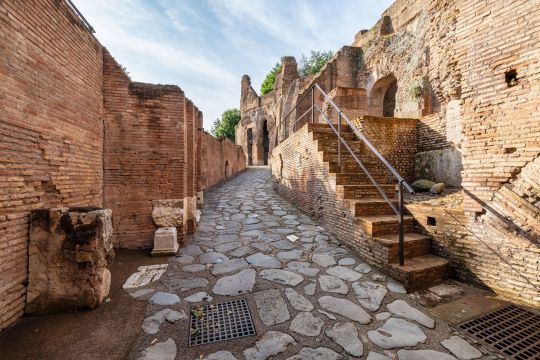
And it was grand. The Domus Tiberiana was Rome’s first imperial palace, built by the emperor Tiberius who combined and incorporated the pre-existing noble mansions built on the hill. Occupying over four hectares, the palace featured residences alongside large gardens, places of worship and rooms for the emperor’s Praetorian guard.
As the seat of Rome’s power and politics, Domus Tiberiana held a prime location, high above the Palatine and Roman Forums, offering its occupants a “balcony view of the city.” Over time, the Domus was embellished and enlarged by other emperors including Nero, who was crowned on its steps aged just 16, in 54 AD.
Alfonsina Russo, director of the Colosseum’s archaeological park (in which Domus Tiberiana falls) and lead archaeologist on the renovation, said that ancient antiquities, many exceptionally well-preserved, were unearthed during the project.
The artifacts — bright stuccos, frescoes, amphorae, potteries, looms, terracotta, and divinity statues related to the cults of Isis, Dionysius and Mithras — offer visitors a trip through time, said Russo.

“They make this place — formerly (inhabited) by aristocratic families, then Roman emperors — feel alive again,” she said. “There are seven exhibition rooms full of extraordinary finds, starting with those preceding the original construction of the palace when aristocrats lived in mansions before Tiberius subsumed them into the Domus.”
Among the newly-exposed and frescoes are some of the earliest paintings of lemons (considered an exotic fruit in Ancient Rome, as they hailed from the Far East) and a depiction of a gladiator, proving that the era’s gladiatoral games were appreciated by rich families, explained Russo.
The imperial palace remained in use until the 7th century, when it became the papal residence of John VII. In the mid-16th century, the aristocratic Farnese family — who were powerful local landowners — built the lavish Orti Farnesiani gardens on the site, adorning it with ornaments and sculptures of nymphs, satyrs and fauns.
“This monument speaks of history,” Russo added. “We have restored (Domus Tiberiana) to its past splendor, but more work lies ahead.”
Indeed, painstaking efforts have been made to blend old and new. A series of majestic, reddish-brown vaulted arches that greet visitors having been carefully reconstructed with the same materials as ancient Romans used in the past.
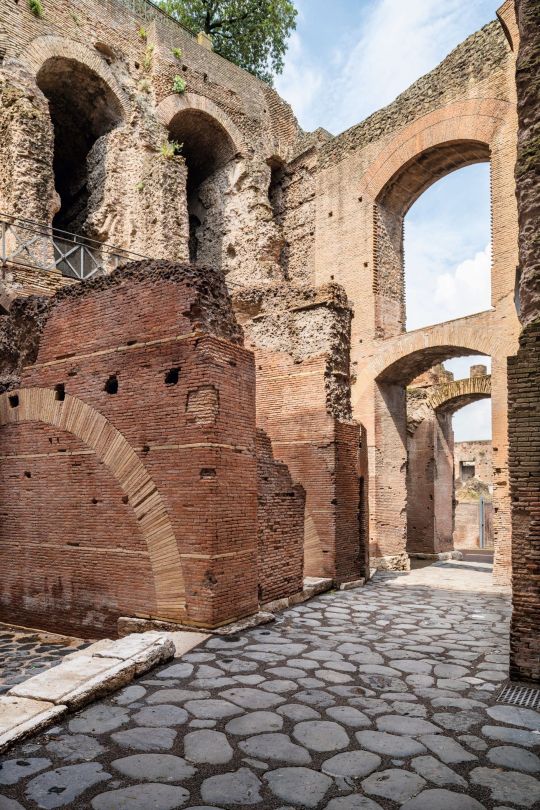
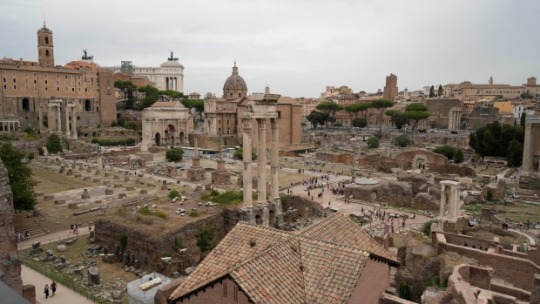
“What makes this revamped Domus unique is the architectural style,” said Russo. “We managed to use original materials to reinforce and strengthen the handmade 15-meter (50ft) tall front arches (which run alongside the palace’s) ancient paving.”
It has certainly caught the public’s attention. Since reopening at the end of September, Domus Tiberiana has attracted some 400,000 visitors, a “huge success,” said Russo, adding that she believes that this incarnation of the Domus Tiberiana offers visitors the most “evocative” visit in generations.

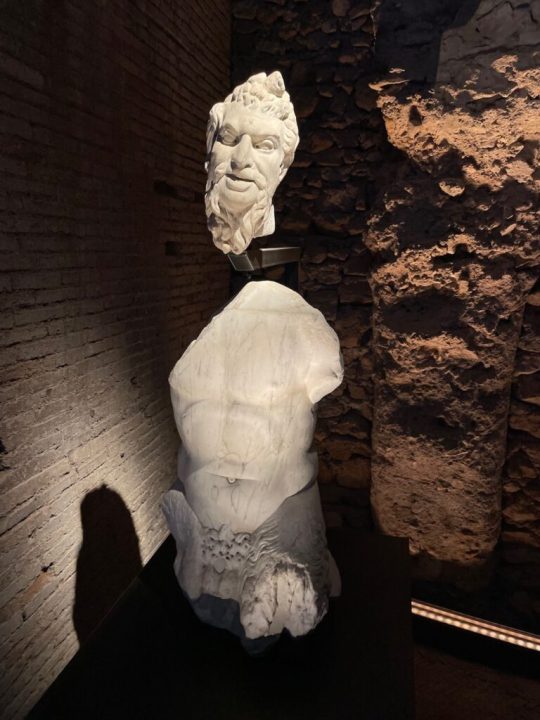
Archaeologist and scholar of ancient Rome Giorgio Franchetti saidN that, in the reopening of the Domus Tiberiana complex, Rome has “recovered a lost jewel.”
“The Palatine Hill has always been the stage of Rome’s power politics,” he said in an interview. “Tiberius likely chose this spot to build the palace as it was where his family residence stood. There aren’t many places like the Domus Tiberiana where you can really breathe the past.”
By Silvia Marchetti.
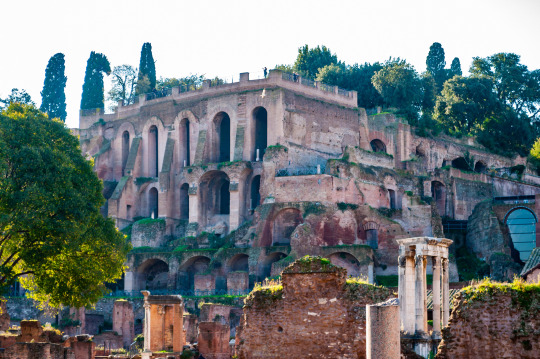
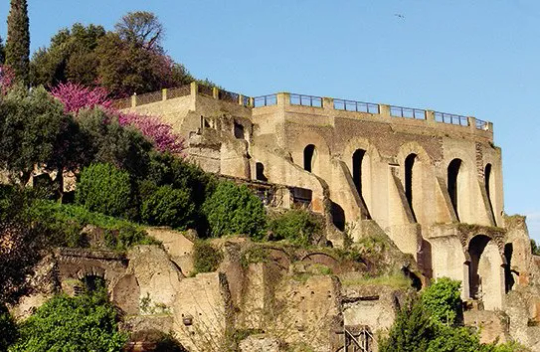
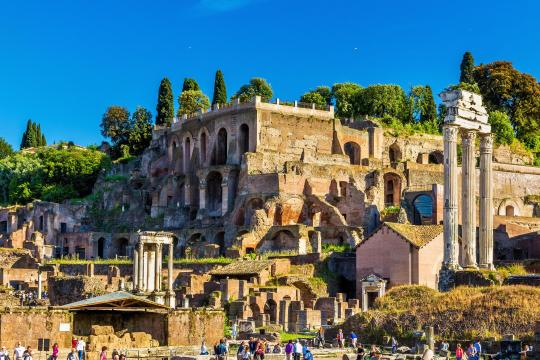
#Rome’s 'Lost' Imperial Palace 'Domus Tiberiana' Reopens#Domus Tiberiana palace#Palatine Hill#Emperor Tiberius#Emperor Nero#ancient artifacts#archeology#archeolgst#history#history news#ancient history#ancient culture#ancient civilizations#ancient rome#roman history#roman empire#roman emperor#roman art
271 notes
·
View notes
Text

Stability, affection, understanding and loyalty - hallmarks of the marriage between Nilfgaards ruling couple. Both beloved in their own right, they endear themselves even more to their people by offering them something that had not been seen in the Imperial palace for centuries: a stable - aspirational - partnership.
Emperor Consort Morvran Voorhis is to many- certainly to most Nilfgaardians - the greatest of our dear Empress' loves.
#traditional art#the witcher fanart#the witcher 3#nilfgaard#cirilla fiona elen riannon#empress ciri#morvran voorhis#Morvran#ciri x morvran#Ciri#cirilla of cintra#the witcher#Cirivran#Bruh looks younger than I intended because the crushing weight of imperial scrutiny was drastically reduced#Once Emhyr started getting dicked down more regularly#Morvran was allowed to chill a little ever since Geralt and Ciri moved into the palace
65 notes
·
View notes
Text
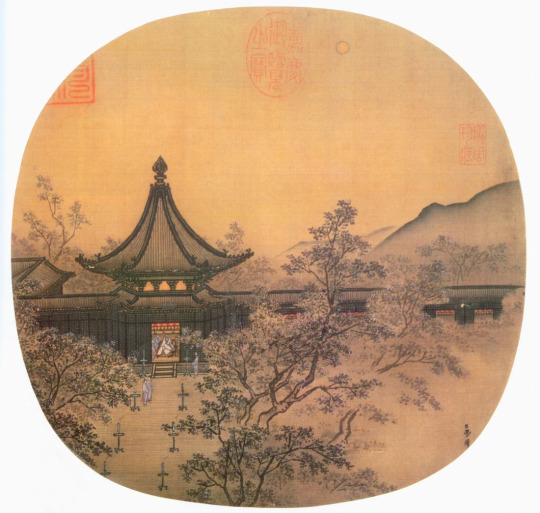
Strolling at Night Holding a Candle (aka Waiting for Guests by Lamplight), Ma Lin, ca. 1250
#art#art history#Asian art#China#Chinese art#East Asia#East Asian art#Ma Lin#Imperial China#Song Dynasty#landscape#landscape painting#landscape art#ink and color on silk#13th century art#National Palace Museum
87 notes
·
View notes
Text

Dowager Empress Cixi of the Qing Dynasty sitting on an armchair (1906) by Hubert Vos. Palace Museum, Beijing.
#hubert vos#palace museum#beijing#forbidden city#china#imperial china#qing dynasty#20th century art#qing#chinese art#dutch art#dutch painter#1900s art#1906#1900s#edwardian#20th century#early 20th century#netherlands#empress#europe#european art#female portrayal#female portrait#art history#history of art#nobility#chinese empire#historical fashion#fashion history
20 notes
·
View notes
Text


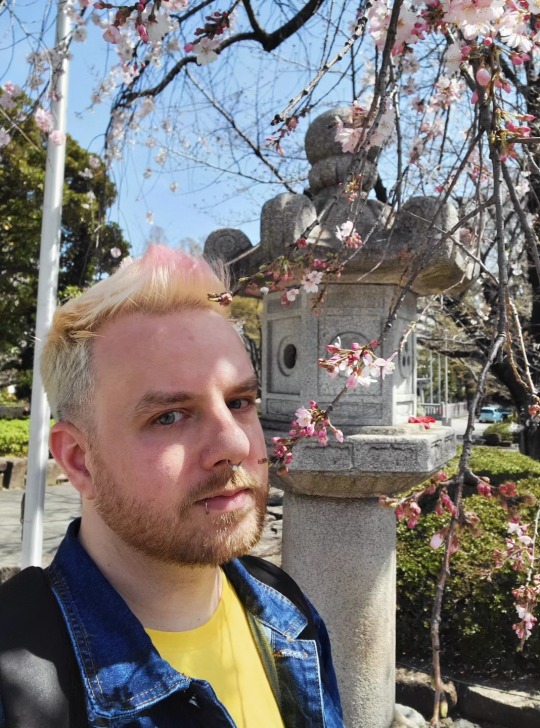
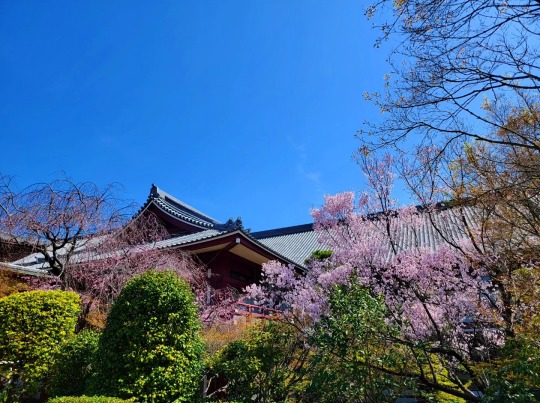


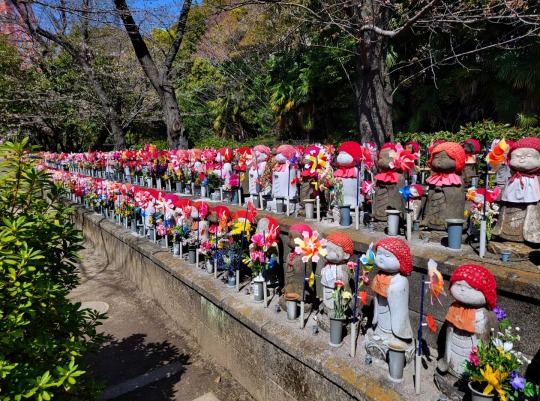

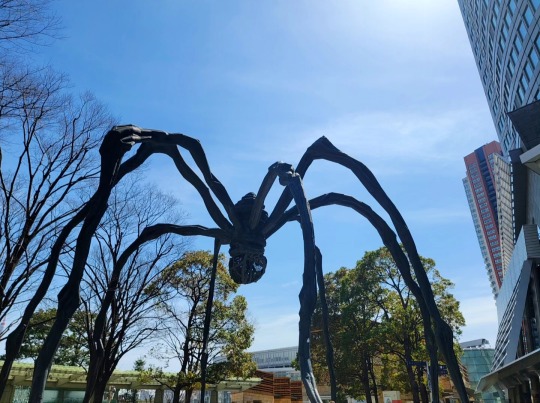
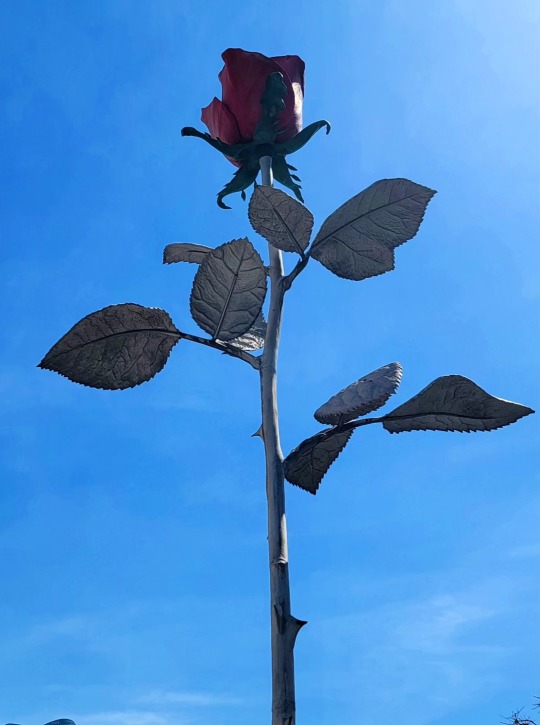
#Me#My face#Personal#Tokyo#Japan#Travel Japan#gay travel#Zozo-ji Temple#imperial palace#Sakura#cherry blossom#Art Museum#mori art museum
26 notes
·
View notes
Text
Imperial Palace, Tokyo, Japan, wood and stone print on Etsy.
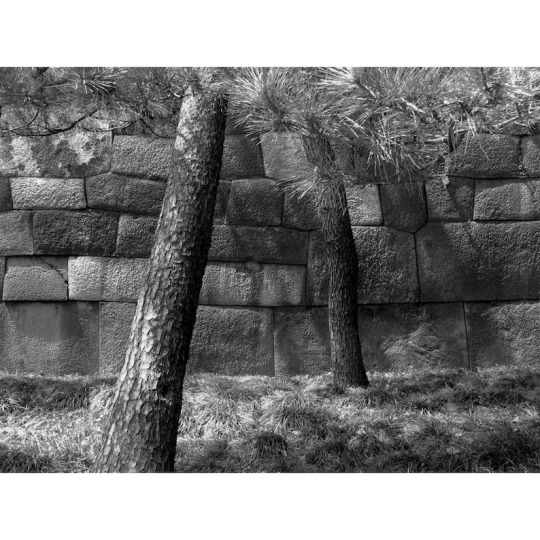
#photography#photographers on tumblr#my photos#urban photography#tokyo#imperial palace#japan travel#japan photos#art print#home interior#home decor#etsyshop#artists on etsy
36 notes
·
View notes
Photo

A recent photograph of the Maple Living-Room of the Alexander Palace at Tsarskoe Selo, Russia. You’ll notice many more plants and furniture have been added, including a runner of grey-green carpet for the staircase with treads, seat cushions for the arm-chairs, and other things. GMZ Tsarskoe Selo has also added carpeting up in the entresol (balcony/mezzanine) of the room, and some furniture as well.
Little by little, life has been breathed into this timeless room. Even if some may decry the wood tone, and that some textiles haven’t been recreated, etc - think of the fact that the museum is on a budget, and largely had to make use of its own funding for this project - the rehabilitation and restoration of the Alexander Palace. It’s still not finished - work still continues and will do so until next year or more!
________________________________
Photograph Credit: “Влюблённые в Петербург” (Lovers in Petersburg) via VK.
Date: June, 2023.
________________________________
Please enjoy the article and information, as well as, the photographs! Also, if you’d like to share and/or re-post these photographs elsewhere PLEASE credit GMZ Tsarskoe Selo, and Lovers in Petersburg, accordingly. Thank-you!
#alexander palace#imperial russia#tsarskoe selo#saint petersburg#romanov#art nouveau#maple living room#jugendstil#reconstruction#recreation#restoration#gmz tsarskoe selo
41 notes
·
View notes
Text
The Imperial Council Hall at Topkapi Palace



#Topkapi Palace#Ottoman#Baroque#Architecture#Ceiling#Tughra#Painting#Islamic#Art#Calligraphy#Museum#Palace#Imperial Council#Istanbul#Turkey
10 notes
·
View notes
Text

“I rounded the corner at speed, and saw my quarry. He was still running, going faster than his gunmetal-heavy armour would have suggested was possible. He might have been making for one of the pulpits higher up, hoping to find some vantage from which to launch a defence, but my pursuit had been too swift.
I opened up Gnosis' bolter, catching my enemy on the shoulder and sending him crashing to the ground. Above us both, banners swayed heavily, caught by the backwash from the explosion.
I raced after him, watching him twist back to his feet. He was a massive brute, crusted with ridged and tarnished battleplate. His helm-lenses glowed a dull red, like magma, and he carried a two-handed war-hammer. The stench of engine fuel hung over him. He might have even approached my own size, my weight, my strength - such were the perversions the warp had wrought on those who had once served the Throne.
We slammed together, and the impact rippled the stone around us. Our weapons crunched into a brace-lock, showering plasma over both of us. I swung away, hilt-first, and smashed him back a pace. He shoved back, aiming to ram the fizzing hammerhead into my chest.
He nearly connected. I judged his weapon was within a few microseconds of an impact that would have cracked my auramite breastplate. That interval, however, was comfortably sufficient to spin my blade over in my grip, ram the spear tip into the Traitor's gorget and fire at point-blank range.
The bolt-shell exploded instantly, blasting his head apart in a shower of blown metal-shreds. His war-hammer spun out of control, his limbs jerked apart and the momentum of my down-thrust sent his head-less corpse crashing to the ground.
I stood over him for a moment longer, breathing heavily, my spear gripped loosely. Blood, viscous as sump-oil, oozed from the rotten stump of his neck. His metal fingers twitched. The aegis of force around his warhammer flickered out. Slowly, carefully, I relaxed. The kill had been clean, with no damage taken.
I was not satisfied with how far this one had penetrated, though. On another run, I would have hoped to have downed him further out. I felt no particular emotion as I studied the body. I understood that my cousins in the Adeptus Astartes reserved an almost pathological hatred for their Traitor counterparts. I wondered if that made them more or less effective on the field of battle.
To me, the surviving members of the Old Legions were like bands of animals - feral threats to the Throne that required culling. I felt no discernible difference in my response to them than that I had experienced when hunting xenotype tyranids and eldar in these same tunnels - they were all dangerous, all worthy of study, but unworthy of expending emotional energy upon…”
— A Custodes faces a Heretic Astartes in the Blood Games. Excerpt from “Watchers of the Throne: The Emperor’s Legion” by Chris Wraight.
#adeptus custodes#warhammer 40k#40k lore#40k#grimdark#wh40k#wh40k art#custodes#black library#chaos space marines#chaos#heretic astartes#adeptus astartes#astartes#custodian#custodian guard#imperial palace#wh40000#warhammer 40000#warhammer lore
104 notes
·
View notes
Photo
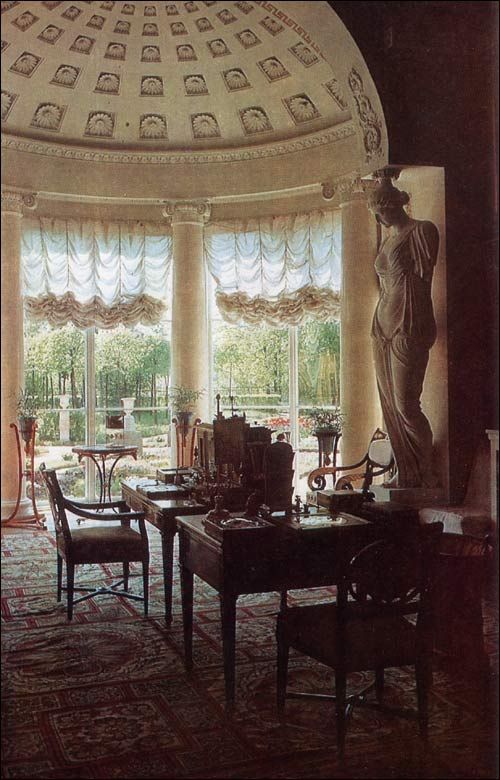
...”the ink of the scholar is more holy than the blood of the martyr”...
~Anonymous
#the painted chateau#painted chateau#art#architecture#antiques#imperial russia#pavlovsk palace#inspired life
59 notes
·
View notes
Text

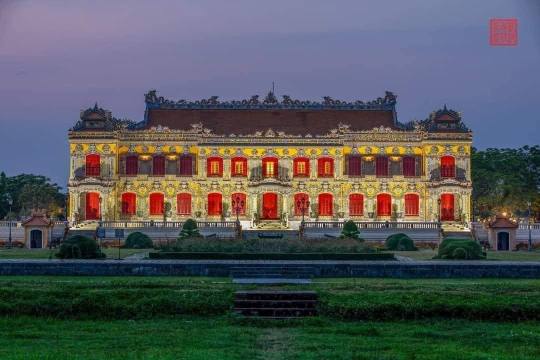

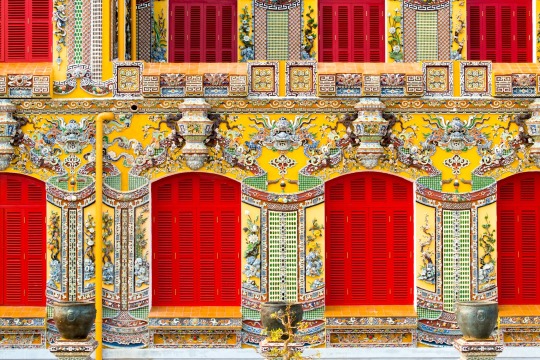
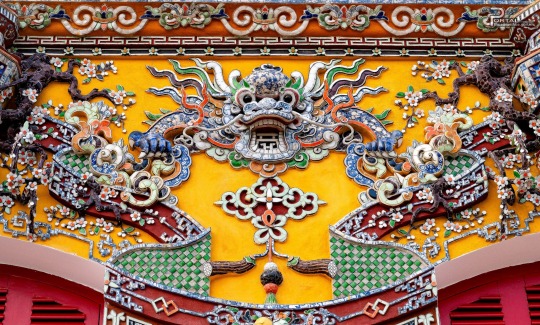

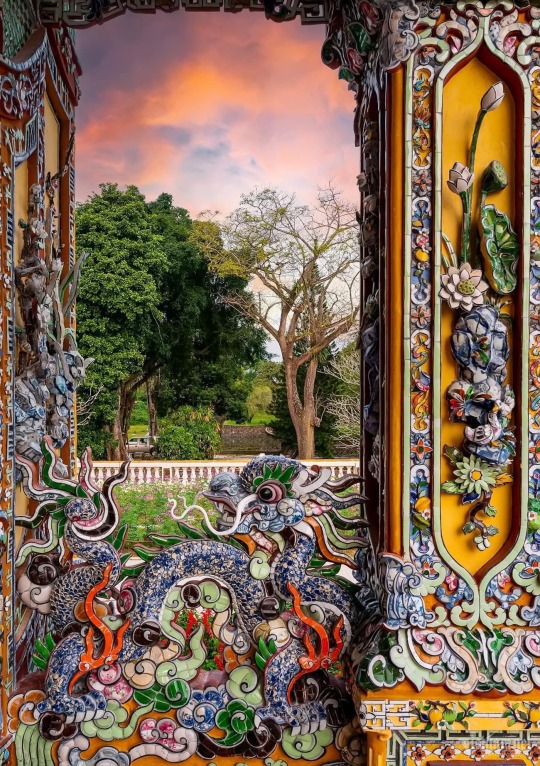
Kien Trung Palace, Imperial City of Huế, Vietnam
#art#design#architecture#history#luxury lifestyle#style#luxury house#luxury home#tiles#ceramics#kien trung palace#palace#imperial#imperial city#huê#vietnam
539 notes
·
View notes
Text
Raven of Inner Palace- Jusetsu / Liu Shouxue

#kokyu no karasu#digital art#fanart#roysristi#drawing#art#my art#chinese#illustration#qua chon hau cung#the raven consort#the raven of inner palace#chinese anime#chinese style art#historical horror#anime#eunuch female protagonist#beautiful female lead#imperial harem#koukyuu no karasu#ka koushun#light novel Chinese#Chinese eunuch#Chinese female
57 notes
·
View notes
Photo










Detective Conan : Case Closed (Ep 927 & 928)
Shinichi Kudo & Ran Mouri go on a school trip to Kyoto where their love began to blossoms until they were interrupted by a mysterious murder believed to be the works of the mythological creature, Tengu.
#detective conan#case closed#kyoto#japan#tengu#shinichi kudo#ran mouri#kiyomizudera#kiyomizu temple#arashiyama#kyoto imperial palace#anime#anime art#anime aesthetic
18 notes
·
View notes
Text
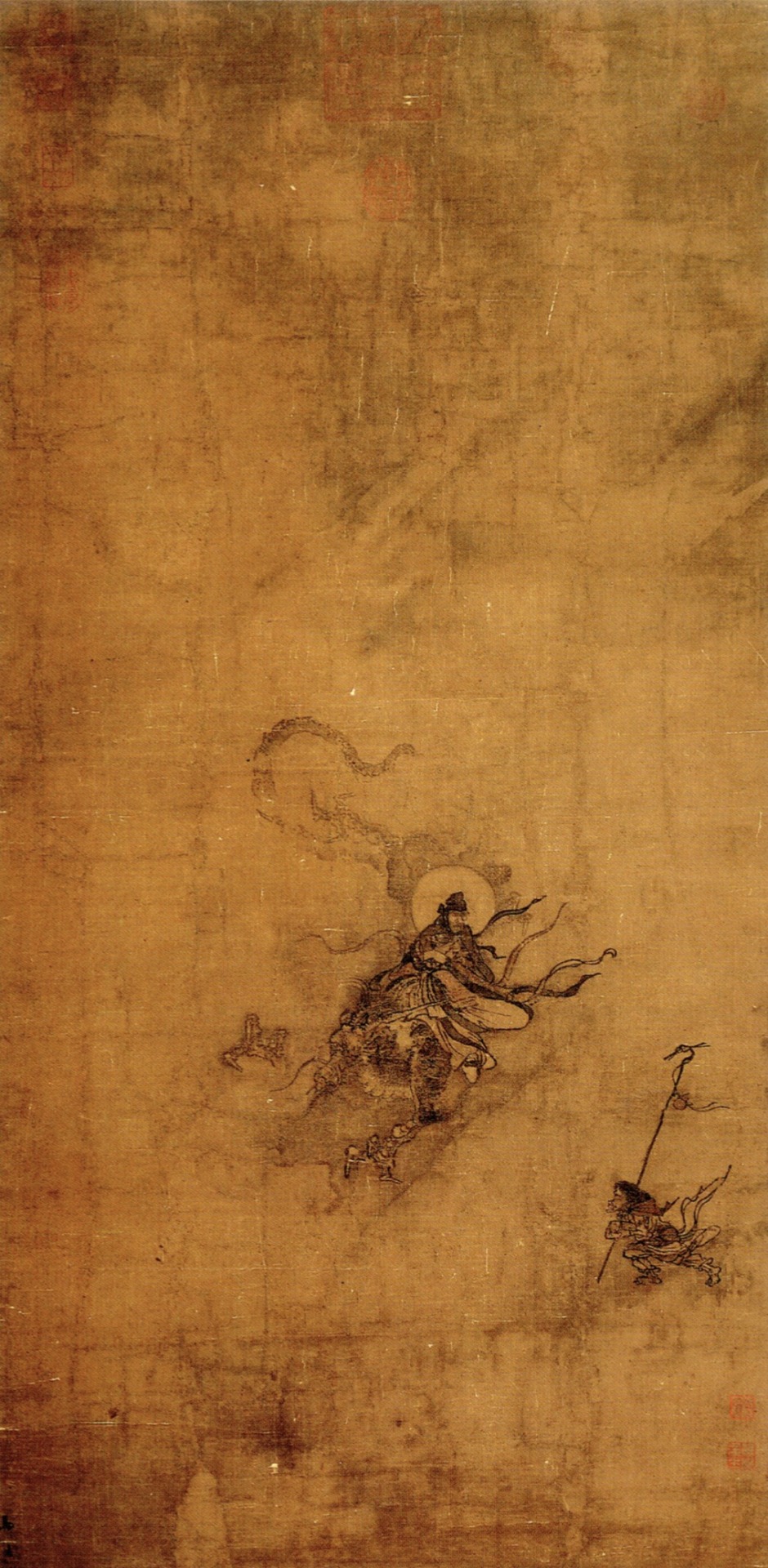
Immortal Riding a Dragon, Ma Yuan, early 13th century
#art#art history#Asian art#China#Chinese art#East Asia#East Asian art#Imperial China#Ma Yuan#Southern Song Dynasty#13th century art#hanging scroll#ink and color on silk#National Palace Museum
327 notes
·
View notes
Text

The Malachite Room of the Winter Palace (1865) by Konstantin Ukhtomsky.
#konstantin ukhtomsky#winter palace#saint petersburg#russia#imperial russia#russian imperial family#europe#19th century art#19th century#russian painter#russian art#russian aristocracy#leningrad#palace museum#rococo#painting#home interior#interior design#interiors#nobility#russian#russian empire#romanovs#czarina#st petersburg#late 19th century#artwork#history of art#art history#19th century photography
6 notes
·
View notes